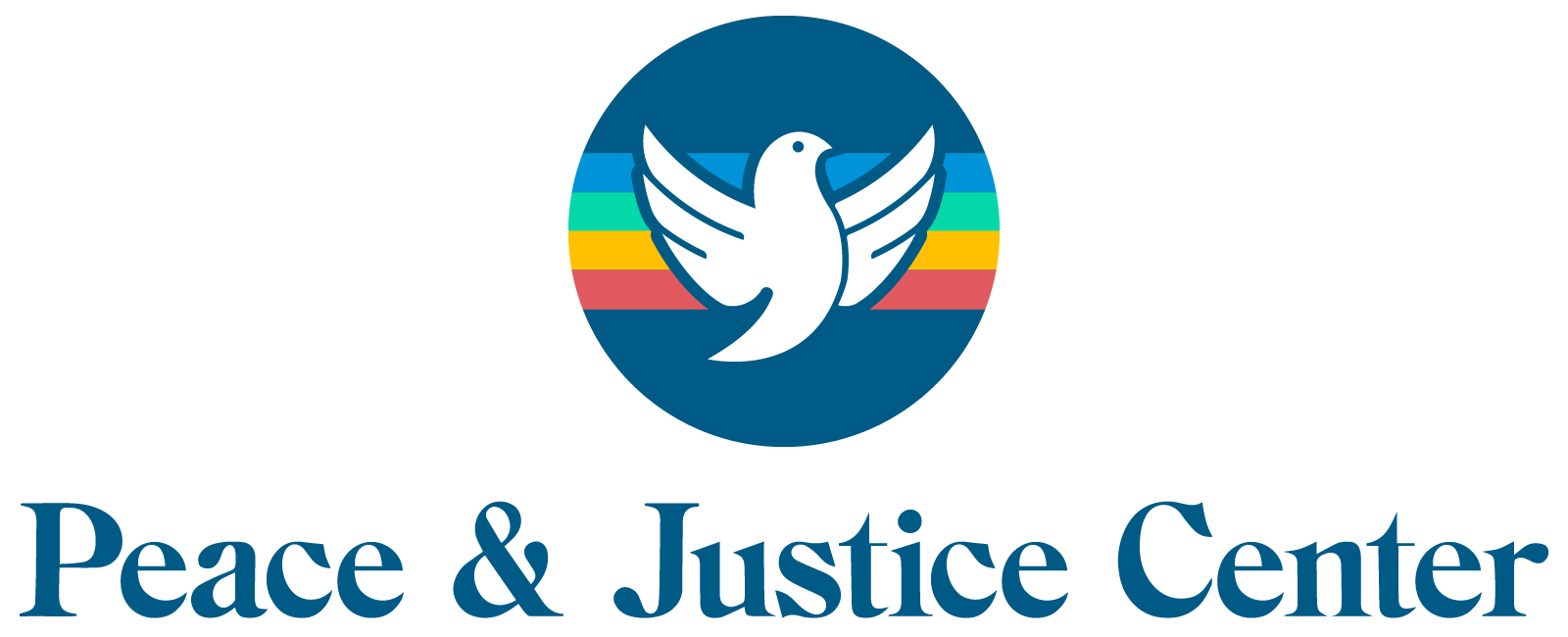Resmaa Menakem’s My Grandmother’s Hands is an excellent book dedicated to guiding readers down the path of healing intergenerational trauma brought on by white supremacy, which manifests itself as white-body supremacy. Trauma is inherent in this white-body supremacy, and affects folks of all races and backgrounds; however, the categories that Menakem primarily focuses on in his path to healing are Black bodies, White bodies, and the bodies of the American police. Menakem writes that trauma responses are that of the lizard brain – the lizard brain does not act reasonably, it acts on primal instincts – fight, flee, or freeze. This response works off of deep-seated biases that one would normally never think to act on.One of the things that is so remarkable about Menakem’s approach to the healing of intergenerational trauma is his insistence on the fact that the key to healing actually lies within our bodies, and not solely our minds. Menakem goes on to insist that, because trauma is not always individual, healing should not be either – but instead can be shared with communities and families. The title, My Grandmother’s Hands, is a tribute to Resmaa Menakem’s childhood memory of feeling his grandmother’s hands, which had been thick with callouses and scars from her days as a slave, picking cotton. This aspect of the book gives a blunt and chilling reminder to readers that slavery has not been long gone, and its intergenerational traumatic effects are still very much felt to this day.
Menakem begins the main content of this book by detailing the history of what he refers to as White-Body Supremacy, and how violence that has led to trauma has existed for almost as long as humankind. Detailing how white bodies were often systemically violent to other white bodies, Menakem uses the example of 16th century England where the richest whites would inflict brutality and violence upon those of lower classes. This violence between white people created racialized trauma in white people, however it was in the late 1600s that white Americans began to use the social construction of race to oppress those of different races – namely, black bodies. The black body was, from then on, the target for systemic and racialized violence at the hands of white bodies in the form of slavery, Jim Crow laws, mass incarceration, and police brutality. In terms of healing for white-body trauma, Menakem discusses white fragility, and how it is harmful to black folks and white folks, in different ways. He calls on white Americans to recognize and call out white supremacy, white fragility, and white privilege when we see it, and he calls on us to acknowledge that lizard brain response in our bodies and work to think before we act.
In talking about the trauma that black bodies in white-supremacy America endure, Menakem first seeks to present and dispel various myths held about the black body by white supremacy, myths that portray the black body as dangerous, hypersexual, incredibly resilient, and unattractive. No one race is immune to perpetuating these myths, as white-body supremacy is pervasive; however, white bodies perpetuate these myths and act upon biases related to these myths in a much more dangerous and systemic way. Menakem insists also that Black bodies have endured a unique set of conditions and a unique history that has contributed to the phenomenon of intergenerational trauma.
In terms of the bodies of the American police, Menakem posits that law enforcement officers deal with the trauma of other people’s trauma on a daily basis, which works in tandem with White-Body supremacy. For this reason, police officers are more inclined to act on their lizard brain reflexes – they see black bodies as a force to be controlled. Menakem points out that police officers act more like soldiers, and are part of a force that seeks to control and silence, rather than serve and protect.
In conclusion, Menakem urges that the only way these different bodies can heal from racialized and intergenerational trauma is to confront and process the pain and the trauma responses, rather than avoiding them or ignoring them. For processing this pain, Menakem introduces five anchors – settling, or physically relaxing yourself in times of stress; noticing sensations, instead of reacting to them; accepting discomfort, instead of avoiding it; staying present and responding in the best way possible; and discharging any energy or animosity that remains afterward. The context of community and culture is also exceedingly important here, achieving some sort of harmony within one’s culture – whether it be through group activities or sharing emotions – fosters understanding and leads to healing. Healing begins with us and our individual bodies, but it must spread throughout our social circles and our wider community if we are to ever achieve freedom from White-Body supremacy.
By Holly Morway, Peace and Justice Center Intern
